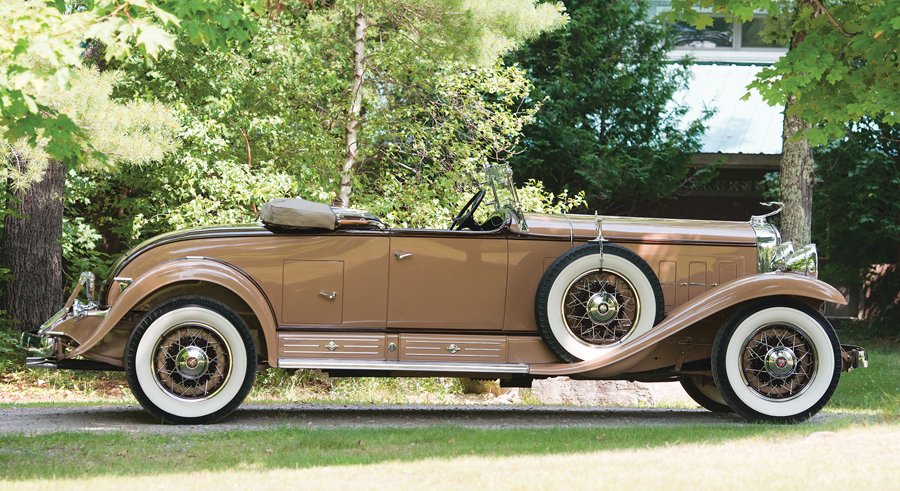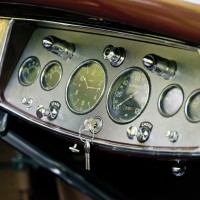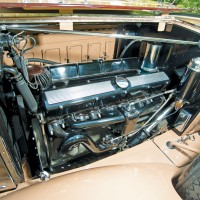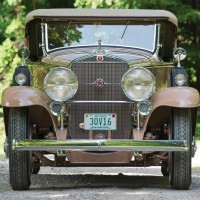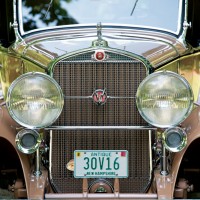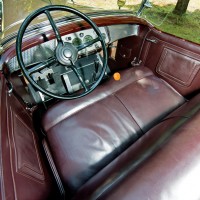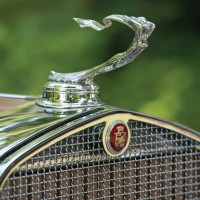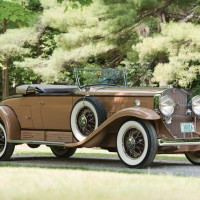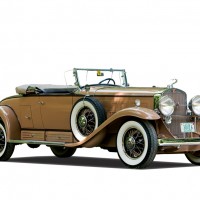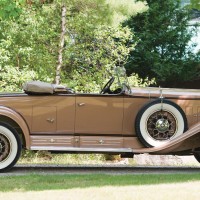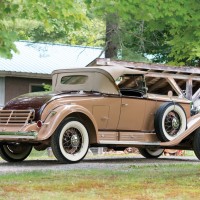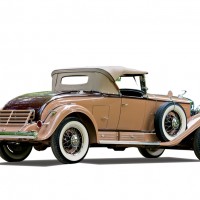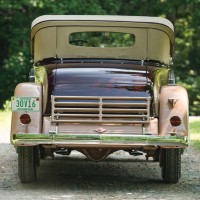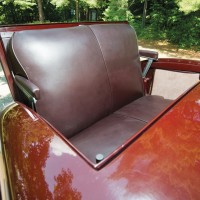SCM Analysis
Detailing
| Vehicle: | 1930 Cadillac V16 Roadster |
| Years Produced: | 1930 |
| Number Produced: | 2,886 |
| Original List Price: | $5,350 |
| SCM Valuation: | $450,000 |
| Tune Up Cost: | $2,500 |
| Distributor Caps: | $600 |
| Chassis Number Location: | Right side of crank case and generator chain housing |
| Club Info: | Classic Car Club of America |
| Website: | http://www.ccca.org |
| Investment Grade: | B |
This car, Lot 109, sold for $1,100,000, including buyer’s premium, at RM’s Hershey, PA, sale on October 9, 2014.
In the second week of December 1929, Cadillac stunned the connoisseur luxury automotive market with the announcement of the V16 overhead valve engine.
Three models were presented at the January New York Auto Show, and they were enthusiastically received. Cadillac wisely had product available to meet the demand, and by April 8, the thousandth V16 had been shipped. In April alone, 576 left the factory, and by June, shipments reached 2,000 cars. This far exceeded Cadillac’s expectations — and caught competitors completely flat-footed. Packard, Pierce-Arrow and Lincoln responded two years later with V12s, but the Great Depression was in full swing, and the luxury market was collapsing. Marmon had been developing a well-refined V16 since 1926, but it did not debut until April of 1931, and by then Cadillac was firmly entrenched — and skimmed the cream from the top of the declining market. Marmon was soon in receivership.
A beautiful engine
The V16 engine was a marvel of engineering elegance. It utilized hydraulic valve adjustment, which resulted in an extremely quiet engine. The narrow, 45-degree V16 produced 320 foot-pounds of torque, resulting in a very smooth-running motor. In fact, Cadillac stated the “critical listening test” for the V16 was that you hear nothing more than the spark of the contact points at idle. The engine was finished in glossy enamel, porcelain and chrome. With ribbed cylinder head covers, it was a thing of beauty.
Coupled with the offering of 20 Fleetwood bodies, the planned assault on Packard for supremacy of the luxury market was well under way.
Record sales — for a while
During the seven-year production run, 3,878 overhead-valve V16s were produced, with 2,886 sold in 1930 alone. Obviously, the Great Depression was taking hold of the connoisseur market. Without the financial support of General Motors, it’s questionable whether Cadillac would have survived the 1930s. The prestige that Cadillac now enjoys, however, can be traced to the V16.
This delightful 1930 Cadillac V16 roadster by Fleetwood was the “C” of the unique John Moir A-Z Car Collection. It was the second car acquired by John Moir Sr., and he bought it from a Ford used-car lot in 1933 after a rather brief ownership by the prominent Whittall family. Considering that its gas mileage was limited and it rode on an imposing 148-inch wheelbase, it was not the most practical car to drive, as the Great Depression forced many to the soup lines. As such, it was acquired at a bargain price.
Retired in the early 1950s, the car was restored in the 1990s to its original livery. It was presented at auction with several early original photographs and other documentation.
A stunning price
Pricing a Cadillac V16 is akin to pinning Jell-O on the wall, as prices are all over the board.
Closed cars have sold for as little as $150,000, while roadsters command premium pricing. Several in the SCM Platinum Auction Database range from $300,000 to $500,000. The high-water mark was a stunning example Gooding sold in 2008 at their Pebble Beach sale for $693,000.
So how do you explain the million-dollar sale here? For starters, well-restored significant CCCA Full Classics have resurged in value of late, and this car was in fantastic condition. The long-term, single-family ownership also adds to this car’s allure. Does it add $300,000 to $400,000 to the package? I just can’t see how, so this stunning Cadillac V16 was extremely well sold. ♦
(Introductory description courtesy of RM Auctions.)
